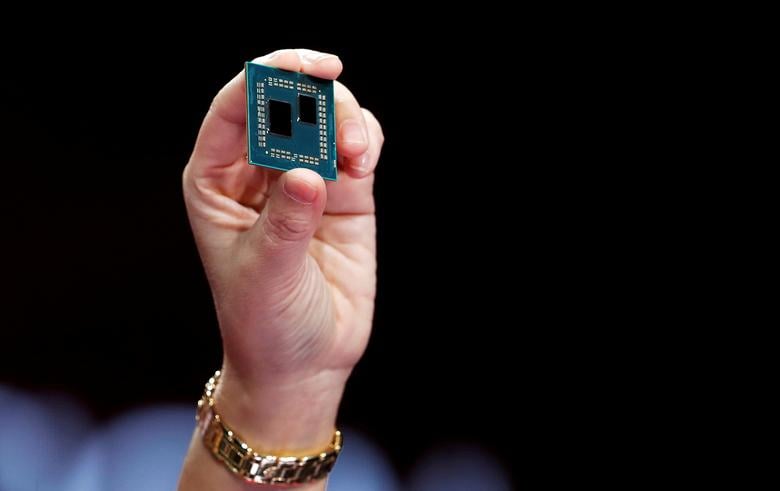
Advanced Micro Devices on Monday released a new data center chip aimed at taking away more market share from rival Intel.
The company’s “Milan” data center processor is faster than Intel’s current best data center chips, the company said. Santa Clara, California-based AMD designs the chip but taps Taiwan Semiconductor Manufacturing Co Ltd to fabricate the chip using TSMC’s 7-nanometer chipmaking process.
The use of an outside manufacturing partner has helped AMD capitalize on problems at Intel, which has a different strategy of internally making its own chips and has struggled with delays in its most recent generation of factory technology.
IBM rolls out newest processor chip, taps Samsung for manufacturing
The “Milan” chip and its predecessor have both outperformed Intel’s chips, helping AMD gain market share and land customers such as Alphabet’s Google.
Intel, however, plans to hit back. Analysts expect it to launch its newest “Ice Lake” server chip in the coming weeks, which will be the first one made on Intel’s 10-nanometer manufacturing technology that is the performance equivalent of TSMC’s 7-nanometer technology used for AMD’s “Milan” chip.
Regardless of how the two chips stack up in terms of speed once both have been released, AMD is still expected to have some advantages, such as a higher number of computing cores on each chip, which lets the chip juggle more software applications at a time.
Intel wins second phase of contract to help Pentagon develop chips
Dan McNamara, senior vice president, and general manager of AMD’s server business unit said he believes the company can hang on to its lead if it continues to integrate feedback from customers into each new generation of chip.
“We’re on our third generation of what we believe is a very solid value proposition and leading CPU for the data center. If we continue that cadence of execution, we think we’ll stay competitive,” he said during a press briefing.






1719640649-0/BeFunky-collage-(77)1719640649-0-270x192.webp)










COMMENTS
Comments are moderated and generally will be posted if they are on-topic and not abusive.
For more information, please see our Comments FAQ